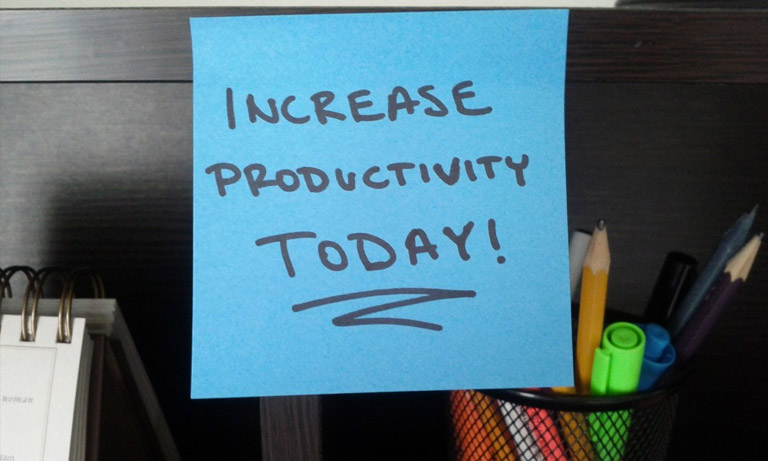 This fact of life is greeted as though it is too good to be true - if we get more rest, how will we get everything done?
This fact of life is greeted as though it is too good to be true - if we get more rest, how will we get everything done? Research shows that blue appears to have the greatest influence on productivity in the office. Seen as a calm, sincere, serene and relaxing colour, it can lower the body temperature and relax the pulse rate.
Blue is also seen as a sad colour. It is rarely used in restaurants or kitchen, as humans are geared to avoid blue foods – this colour rarely appears naturally in food. Blue is a great colour for offices that require a calm, tranquil atmosphere.
Red is the colour of confidence, fire, passion, excitement and strength. Red can represent love, warmth and physical motivation, but it is also the colour of anger and impetuousness. This colour is best for offices with a fast-paced, energetic environment.
Think of green and you immediately think of nature, tranquillity and good luck. Green is refreshing and healing and those who work in a green workplace often experience fewer stomach problems.
Green is also seen as the colour of jealousy and envy; however, it is a great colour for environmentally-aware offices or for places of learning.
Yellow is attention grabbing and conjures a feeling of sunshine, happiness and energy. It is the colour of extroverts, stimulates the brain, and can also increase metabolism.
Yellow is also the most fatiguing colour on the eye due to the high amount of light being reflected in creating the colour.
Many people report that the colour yellow causes frustration, irritation and anger; however, yellow is great for offices requiring creativity.
Colours in nature are rarely seen in isolation; instead, they are usually seen with other colours in abundance. This can also be applied to the workplace.
Whilst choosing one dominant colour that reflects your business can have a significant impact on the mood and productivity of the workplace, bear in mind that not everyone associates colours in the same way.
Whilst each colour immediately conjures associations in the brain, not all are positive and some can affect the mind and body in a negative way.
Choosing complementary colours to lessen the impact of the main colour can work well. The hue and saturation of each colour should also be considered when making the final choice to create the right impact.
Recruiters love this COMPLETE set of Accredited Recruitment & HR Training – View Training Brochure








